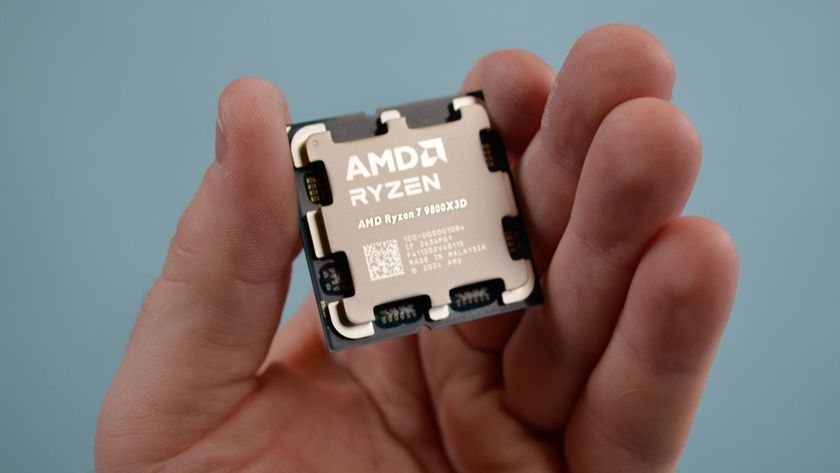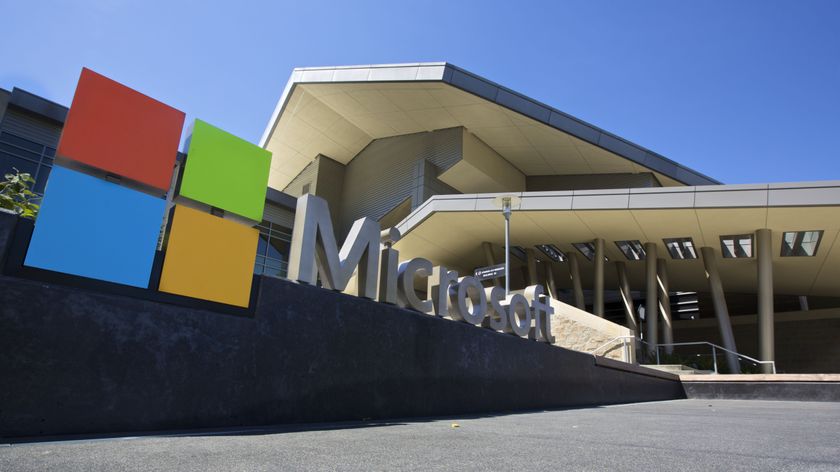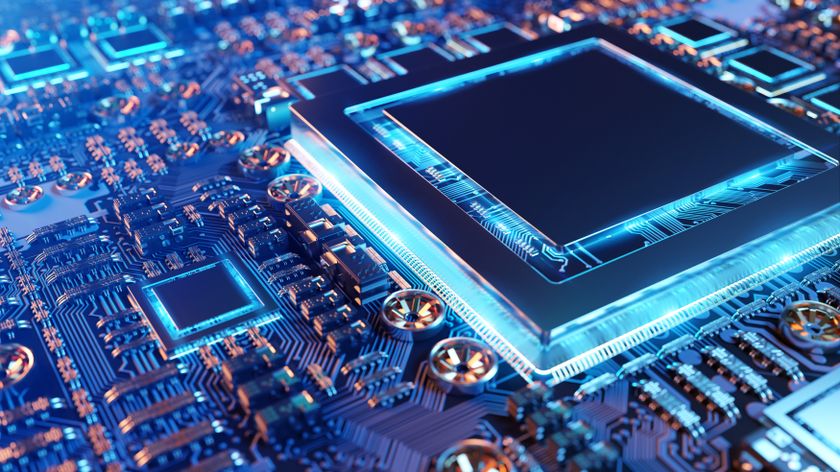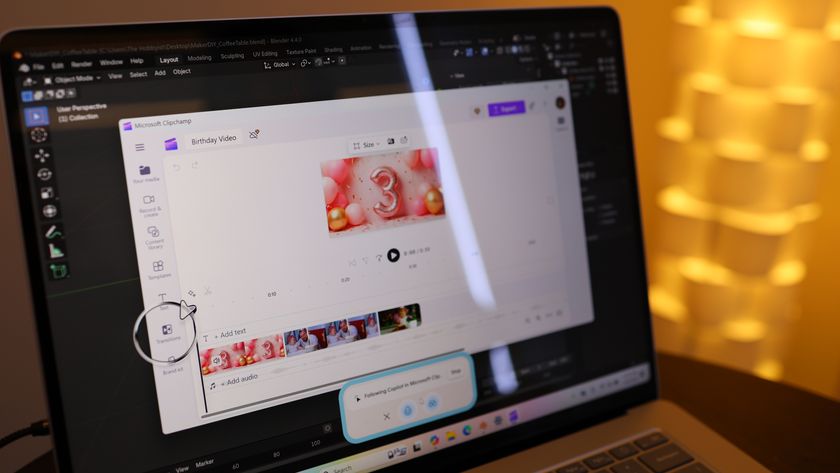Apple will continue to use Intel processors in Macs for a while
And we suspect for a very good reason
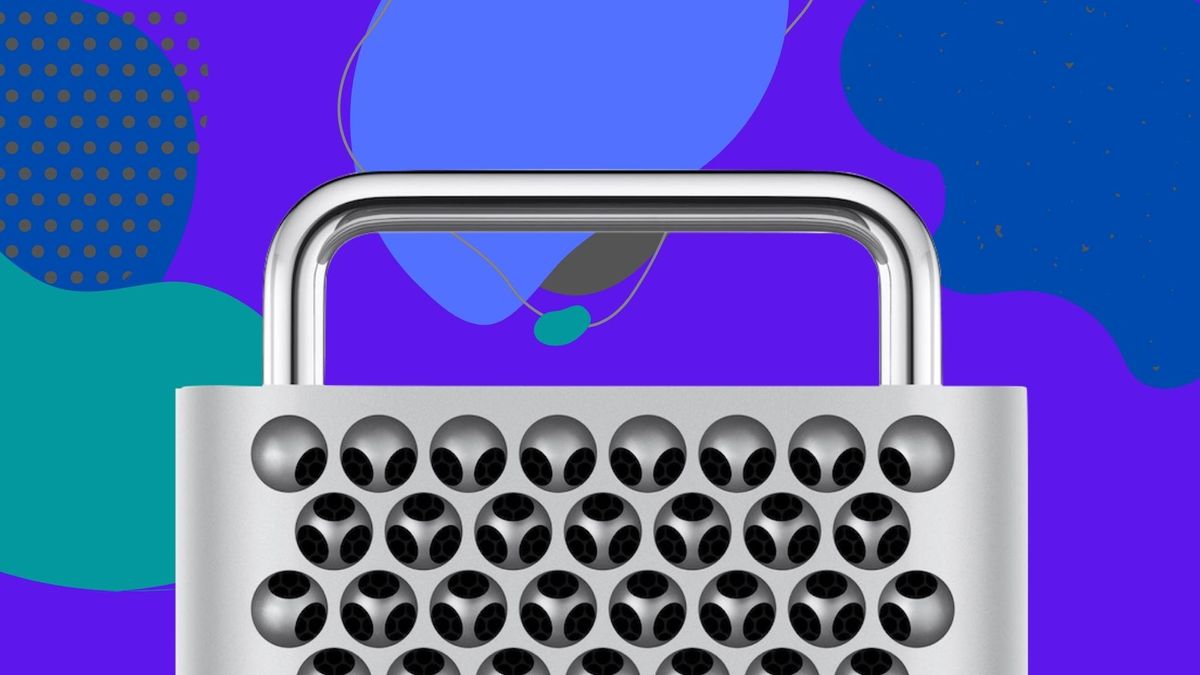
Apple has been slowly replacing the intel processors within its product line with its own M1 silicon for several months, but reports covered by MacRumors suggest that at least one device won't be making the transition any time soon.
Two new models of the Mac Pro desktop computer are said to be in development, with at least one of these expected to contain the latest Intel processors. It's also rumored that one of these new Mac Pro computers will have a complete redesign, while the other will rock the current chassis with some updated components - though it's unclear if these will be released together or if the redesigned model is being created as a refresh to the entire Mac Pro line.
Bloomberg reported back in 2020 that "Apple engineers are currently developing a new Mac Pro that looks like the current design at about half the size. It's unclear if that Mac will replace the current Mac Pro or if it's an additional model. Apple's chip designs could help the company reduce the size of its computers due to increased power efficiency, but the current Mac Pro is large, in part, to fit components like additional storage drives and graphics chips."
The model with updated components is expected to have the Intel refresh, while the second, redesigned Mac Pro will be built around Apple silicon, likely the M1 Pro/Max or a successor to the powerful SoC (system-on-a-chip) that has yet to be announced. This Mac Pro will supposedly be smaller, sitting somewhere in size between the current desktop computer and the Mac mini, with an aluminum chassis that will invoke nostalgia for the Power Mac G4 Cube.
A year on from these original predictions and we have yet to see a new Mac Pro announced, but it's still likely that Apple will stick with Intel for a while longer until it's completely confident in its own silicon capabilities on a workstation desktop.
There are some advantages to sticking with Intel processors for a while longer for the Mac Pro, with one of the biggest being that while Rosetta 2 (an emulator designed to bridge the transition between Intel and Apple processors) is fine for most everyday Mac users, those in demanding industries would prefer to natively run apps built for use with Intel processors.
It's a safe choice for Apple to want to retain these customers as the entire demographic for the expensive Mac Pro desktop are folks who need some serious power, like animators, video editors and VFX artists.
Get daily insight, inspiration and deals in your inbox
Sign up for breaking news, reviews, opinion, top tech deals, and more.
The M1 is fantastic for everyday consumers or even in more powerful laptops like the recently released 14-inch MacBook Pro as expectations for portable workstations are much lower than configurable desktop solutions, but creatives might need a little more juice.
Analysis: Is an Apple-made dedicated GPU likely?
Given that Apple does seem intent on replacing all Intel processors with its own silicon eventually, we could see other components introduced to replace dependence on outside manufactures. Currently, the Mac Pro uses AMD Radeon graphics, so it isn't unreasonable to think that Apple will develop its own line of dedicated GPUs in the future, assuming it's not already working on it.
After all, Intel is about to release its own Intel ARC GPU to offer up some competition against Nvidia and AMD, and Apple would do well to offer its own external GPUs that are compatible with the MacBook Pro range of laptops to make them more appealing to graphically demanding industries like 3D artists.
To clarify, there are no current rumors to suggest that any of this is currently in the works, but we wouldn't be surprised if something was unveiled in the next 24 months.
Jess is a former TechRadar Computing writer, where she covered all aspects of Mac and PC hardware, including PC gaming and peripherals. She has been interviewed as an industry expert for the BBC, and while her educational background was in prosthetics and model-making, her true love is in tech and she has built numerous desktop computers over the last 10 years for gaming and content creation. Jess is now a journalist at The Verge.

